From its 80s roots in Chicago’s underground to its modern-day role in top clubs and festivals throughout the world, house music is continually evolving, and leads the field in electronic music for its popularity and commercial success.
There’s never been a better time to get into house music production, then – especially with so many royalty-free sounds out there. Or if you’re already a house music producer, to brush up on your skills and refresh your track-making process.
Here are our top ten ways to make better house music, in the footsteps of house legends.
Check Out Best Selling House Music Sample Packs on Loopmasters
1. Keep your own Catalogue of Sounds
If you’re a regular preset scanner, you’ll often find sounds that impress, but don’t necessarily fit in the track at hand. Using your synth’s Favourites function, or by simply noting them down in an ongoing text file, or transferring the track quickly to a new project, you can keep these inspirational sounds ready to spark off a new track. Don’t forget to check out the huge range of Synth Presets on Loopmasters, for even more fodder.
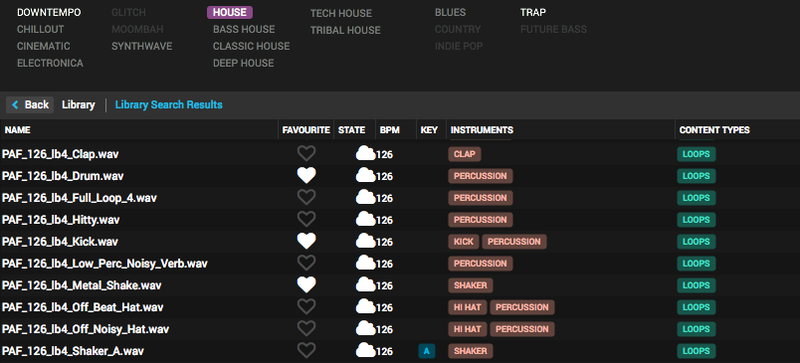
2. Small Differences in Left and Right
We know about panning, but getting a good stereo impression often demands a bit more work and thought. By applying completely different effects to the left and right sides of a stereo channel, you can create that all-important sense of space and difference by using different plugins to do their things on each side of the sonic stage.
Depending on which DAW you use, this could require you to set up a split routing (Studio One , Waveform and FL Studio may make this simple), but in other DAWs, you might be required to literally duplicate a track – MIDI and all – pan one copy left and the other right, and load different effects plugins or presets in each.
3. Sidechain Secrets
You may be familiar with using sidechain compression to pump a track, giving that ‘hands in the air’ energy. To go further with sidechaining, set up groups and busses to control different collections of tracks at once, and apply sidechain compression differently to each. You might want to pump bass instruments differently to, say, vocals, and have a different pumping effect on synths. Percussion may have little or not sidechaining set up at all, depending on the part.
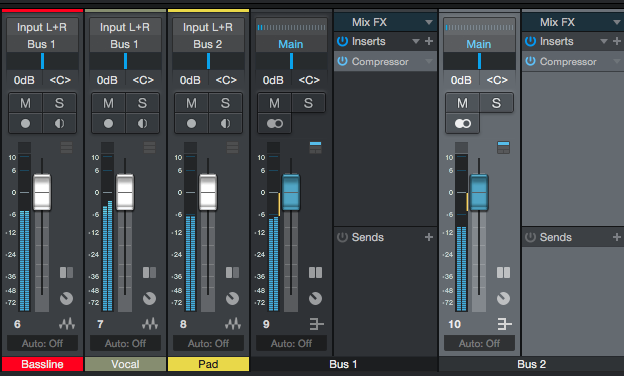
To go even further with this technique, Automate the level of the sidechain sends into your compressors, causing different elements to pump at different times throughout your track, moving the effect in and out of the mix as time goes on.
4. Drop Impacts
If you want your drops to have maximum impact, one way to enhance them is to actually concentrate on what comes beforehand. Setting up a rising high-pass filter before the drop to bring back the bass is standard practice, but you might not have considered going further.
You could also subtly reduce the volume of the entire track as in the build, so slowly that nobody notices, giving extra headroom for the drop to raise the roof when it does kick in. In a similar way, try narrowing the stereo field of the track to prepare for the track, only to widen it again for maximum impact and contrast for the big reveal.
5. Stereo Overload
Your track’s stereo width is something to pay attention to. Too narrow and the track will lack the expansive feeling of a modern mix, but too wide and the track will start to fatigue anyone who’s listening to it. Varying the width at different points is one solution to this, and will keep things interesting as well.
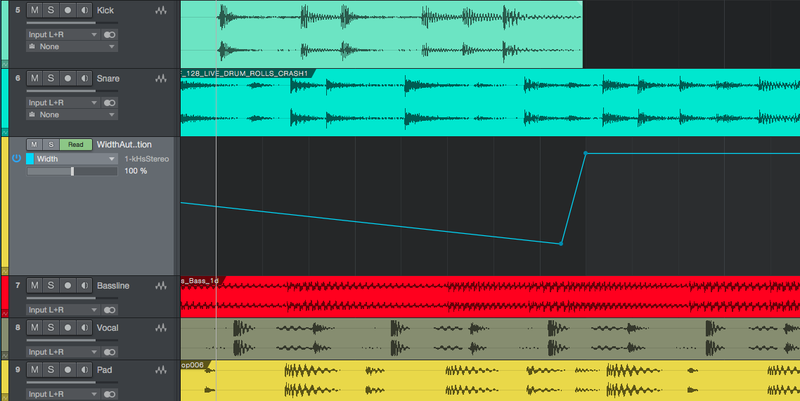
Another consideration for stereo is to make sure your track is mono-compatible. Test it through a mono playback system or sum the signal coming from your DAW’s master buss to mono to compare. As a rule, bass below about 120Hz should also be mono, to help the playback in club scenarios. Plugins like Alex Hilton’s free A1StereoControl are designed to make this easy.
6. Compare the Market
Referencing your music – ie, comparing it to commercial tunes of a similar mood and genre – is essential in modern music. Try using a Referencing Plugin to make this simple. Referencing doesn’t have to be done only at the mixing and mastering stage: check your kick, your bass and your synths as soon as you put them in to gauge how the levels are looking in comparison to house tracks you respect.
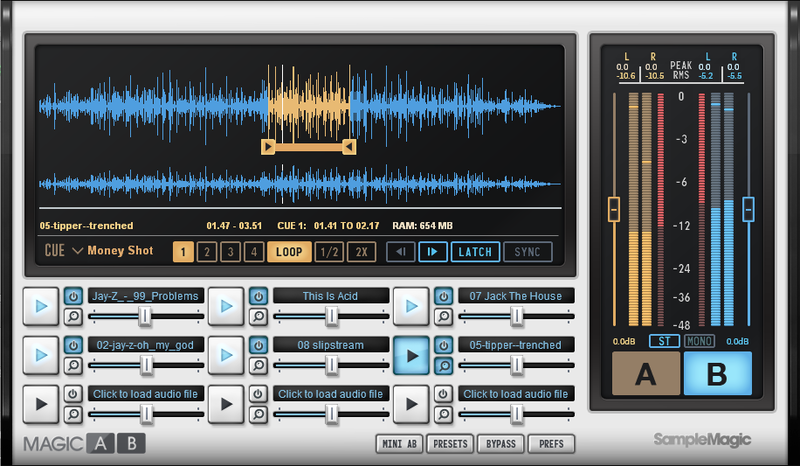
7. Material Compression
You’ve compressed individual tracks, and you’ve probably compressed groups of drums too. Drums work well together under group compression because they sound alike. Why not extend the principle to other tracks that have similar properties? Grouping other like elements, such as vocals and backing vocals, or lead sounds and FX, or even by frequencies – low, mid and high – and compressing together can be a great way to get a handle on your mix.
8. Less is More
Struggling to find the perfect part to fill up your arrangement or your mix? Is that really what’s needed in the project? Many of the most successful songs centre around combining three key elements as focal points – drums, vocal and bass, for example – and relegating other elements to the background. Overloading your song with parts just you think it’ll make it better is a surefire way to alienate your listeners.

9. Go HAM on Reverb
Reverb is a great spatializing sound, sure, but it can be subtle. When you want a subtle sound to be heard, turning it up until it can be heard often ends up clouding the rest of the mix.
Treat your reverb signal like it was any other instrument with a part to play in your mix. Use filtering to fit it in, and compression to make it heard. Don’t be afraid to sidechain it against the sound feeding it, separating the two for clarity while keeping the sense of space.
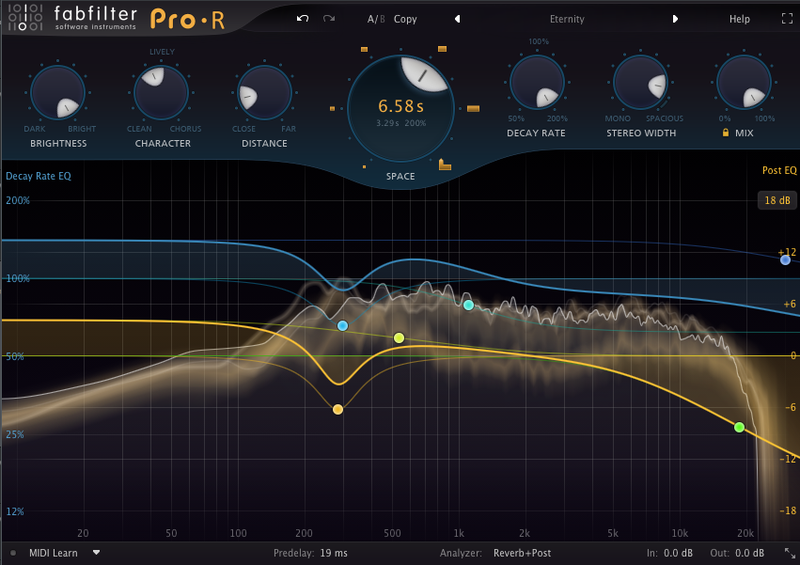
10. Lead Treatments
Need to make a bold, brash lead sound that cuts through the mix? Try this effects chain. Start with an exciter, run that into a stereo widener, and finish of with limiting – all as insert plugins. These three processes combine into a great way to make yourself heard.
Check Out Best Selling House Music Sample Packs on Loopmasters












